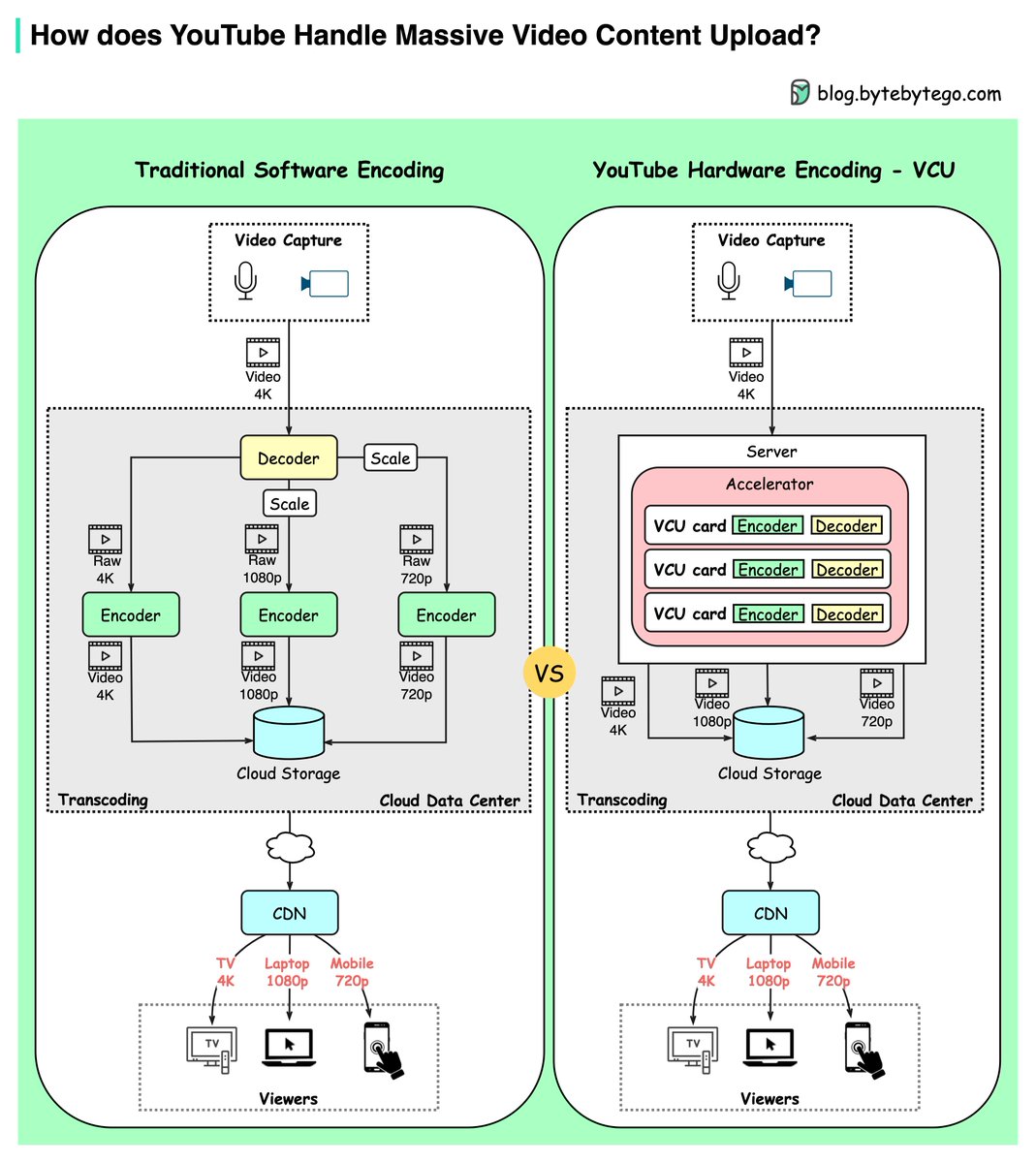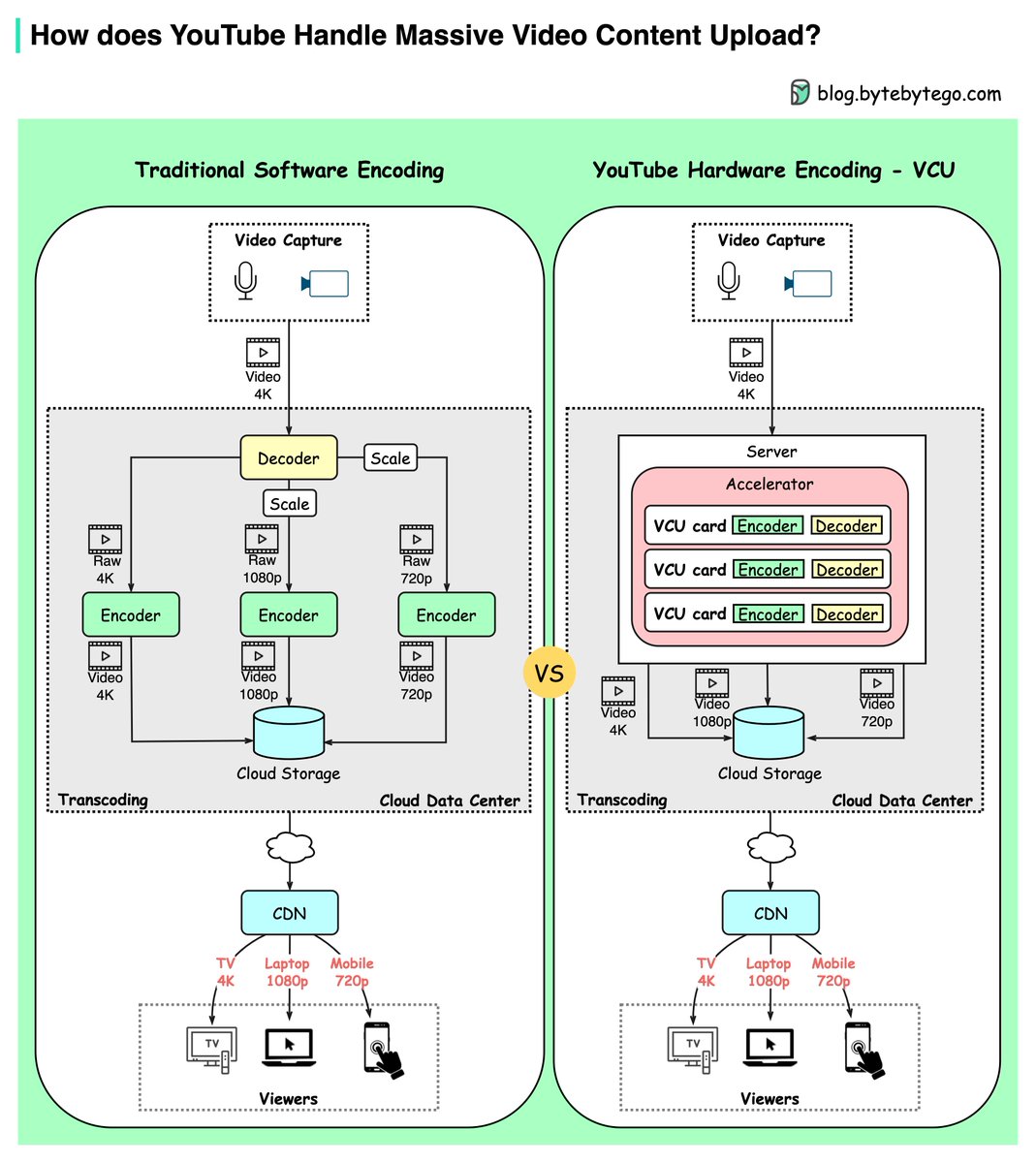
/1 A beginner’s guide to CDN (Content Delivery Network).
Subscribe to our weekly newsletter to learn something new every week: bit.ly/3FEGliw
Subscribe to our weekly newsletter to learn something new every week: bit.ly/3FEGliw

/2 CDNs are distributed server networks that help improve the performance, reliability, and security of content delivery on the internet.
/3 Here is the Overall CDN Diagram explains:
Edge servers are located closer to the end user than traditional servers, which helps reduce latency and improve website performance.
Edge servers are located closer to the end user than traditional servers, which helps reduce latency and improve website performance.
/4 Edge computing is a type of computing that processes data closer to the end user rather than in a centralized data center. This helps to reduce latency and improve the performance of applications that require real-time processing, such as video streaming or online gaming.
/5 Cloud gaming is online gaming that uses cloud computing to provide users with high-quality, low-latency gaming experiences.
Together, these technologies are transforming how we access and consume digital content.
Together, these technologies are transforming how we access and consume digital content.
/6 By providing faster, more reliable, and more immersive experiences for users, they are helping to drive the growth of the digital economy and create new opportunities for businesses and consumers alike.
/7 I hope you've found this thread helpful.
Follow me @alexxubyte for more.
Like/Retweet the first tweet below if you can:
Follow me @alexxubyte for more.
Like/Retweet the first tweet below if you can:
https://twitter.com/alexxubyte/status/1628802099147591681
Thank you @Zonito87 for writing it. You can read the full article here: blog.devgenius.io/a-beginners-gu…
• • •
Missing some Tweet in this thread? You can try to
force a refresh

















